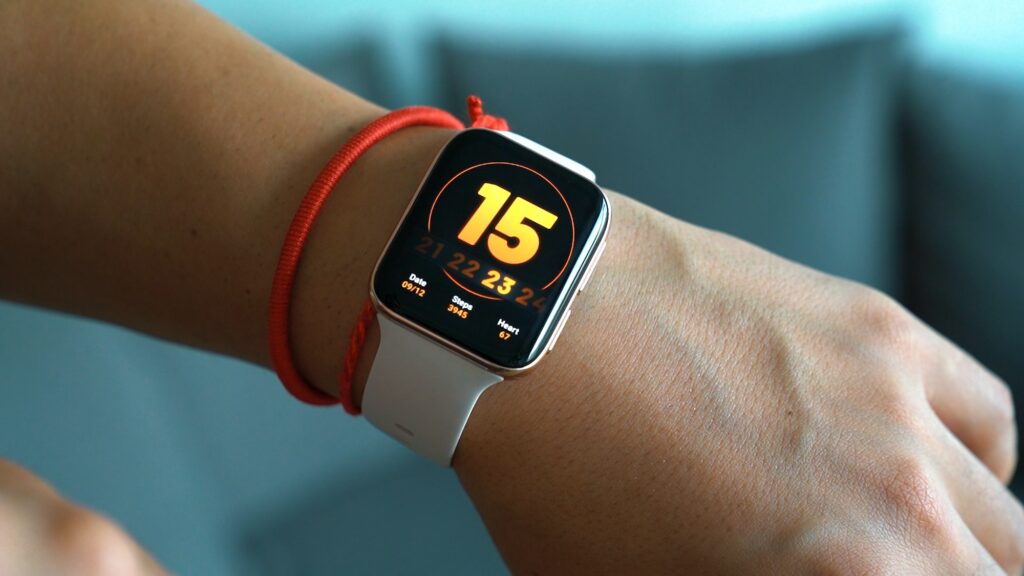Most know Zone 2 as the fat-burning zone, but awareness and use of it is now becoming the “in” thing in fitness
Photo by Unsplash, Onur Binay, and Bimo Mentara/Unsplash
If you’ve been exercising for a while or diving into a lot of exercise-related literature to learn how to work out properly, you’ve likely come across the concept of the fat-burning zone.
For those unaware, the fat-burning zone refers to a specific range of exercise intensity and heart rate in which fat is the main source of energy burned by the body. You’ll know it as 60 to 70 percent of your max heart rate. It’s now known by a sexier nickname, one that’s become a new buzzword in the fitness industry: Zone 2.
Zone 2 is more than just a level of intensity that burns the actual fat off your body. While it’s true that highly intense cardio work will kickstart your metabolism and burn more calories, it’s downright taxing and sometimes honestly not fun to do.
Beyond the fat-burning, training in this zone is linked to improved mitochondrial function and general cardiovascular fitness, according to research by exercise physiologist, professor, and former professional cyclist Iñigo San Millan
Beyond the fat-burning, training in this zone is linked to improved mitochondrial function and general cardiovascular fitness, according to research by exercise physiologist, professor, and former professional cyclist Iñigo San Millan. San Millan uses it to improve the endurance of professional athletes. That means if you’re not just looking to get shredded, but also to actually compete better, doing a lot of Zone 2 training is the way to go.

But how do we actually get to—and stay in—our respective Zone 2?
One thing to note is that each person’s Zone 2 is different and, while you probably won’t, it’s not ideal to base your 60 to 70 percent heart rate off of another’s. Your fitness band or smartwatch may also not be accurate when it comes to alerting you that you’re in Zone 2. To find out for sure, you’ll need to get professionally tested, which is not usually in most people’s priorities.
The best way to tap into Zone 2 is to do the easy but boring stuff. That means brisk walking, slow jogging, relatively leisurely bike paces, bodyweight exercises, and the like
There is a rule of thumb you can follow though, as your fitness tracker may likely lie to you about which zone you’re really in. Zone 2 is relatively low-intensity but not too low-intensity so that you’re totally relaxed. You can try this: Push as hard as you can while still passing the “talk test,” which is to still be able to talk in full sentences despite the exertion. If you can’t hold a conversation while exerting effort, you’re going too hard—and on the other end, if you don’t feel any strain or shortness of breath, you’re going too soft.
The best way to tap into Zone 2 is to do the easy but boring stuff. That means brisk walking, slow jogging, relatively leisurely bike paces, bodyweight exercises, and the like.
The other caveat is that to fully reap the benefits, you have to do a lot of sessions—to the tune of one hour, three to four times a week. Because you’re going light, you’ll have to make up for it with increased exercise volume. That’s great if you can squeeze it in your schedule, but busier people may balk, especially if you’re already devoting time to gym sessions.
But considering how relatively easy it is to go into Zone 2, it’s definitely worth a try. When you get down to it, you don’t really have to carve too much time out of your schedule, and if you’re already working out or training in other disciplines, this can only be better for your overall fitness.